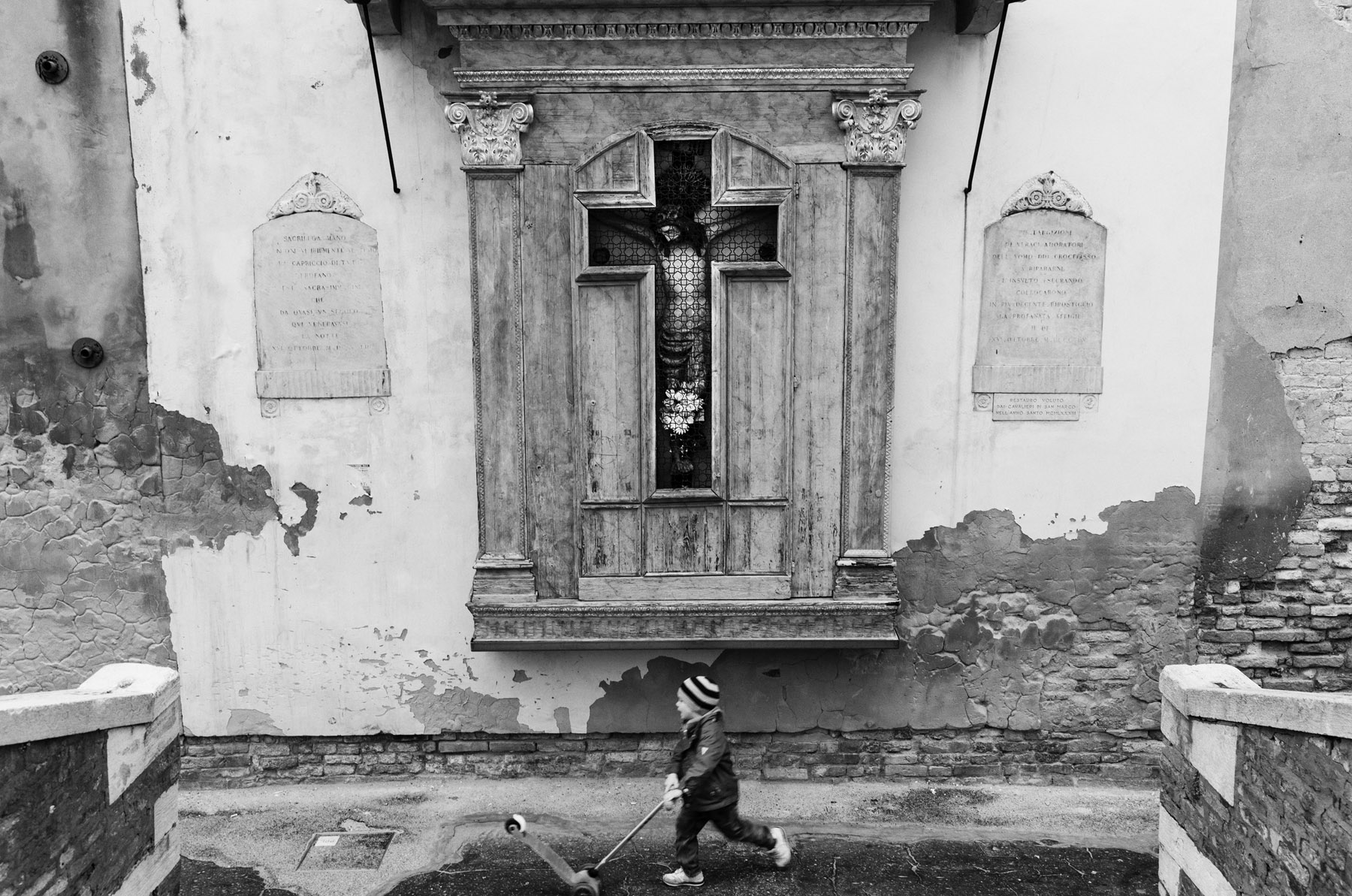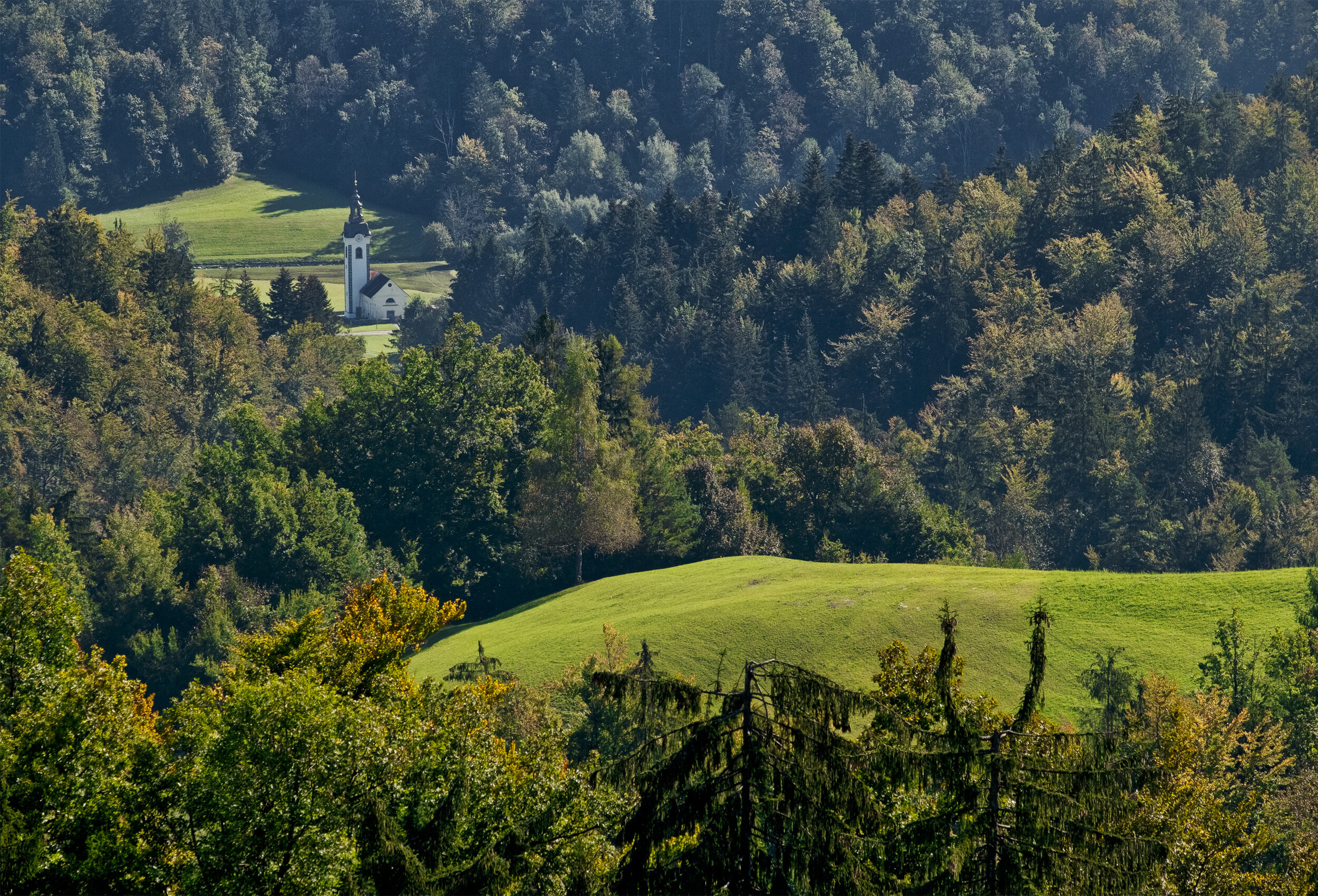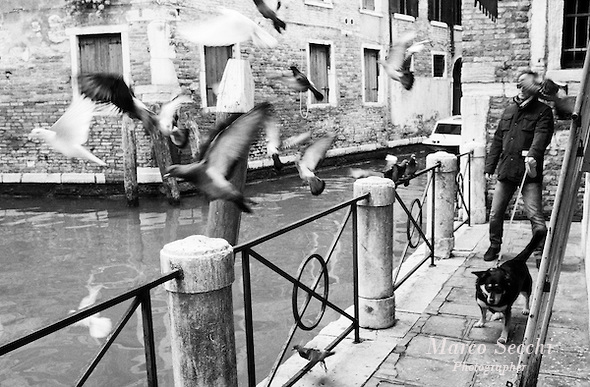Discovering the Soul of Baja Bolha Piac: A Black-and-White Journey Through Hungary’s Flea Markets
/If you've ever walked through a bustling flea market, you know that it’s more than just a place to find unique items—it’s a living, breathing tapestry of people, stories, and history. My latest gallery, Baja Bolha Piac in Black and White, captures the essence of one of Hungary’s most iconic markets through monochromatic imagery, each frame a story in itself. In these images, I've aimed to document the gritty textures, the faces filled with character, and the timeless charm of Baja’s market culture. For me, it’s a blend of art and documentary, an homage to a place that feels both grounded in the past and alive in the present.
Why Black and White?
In the realm of street photography, color often tells its own story, but black-and-white adds a timeless dimension, allowing texture, contrast, and form to take center stage. By stripping away color, each detail—whether it's the weathered hands of a vendor or the patina of a vintage object—takes on a more profound significance. In these Baja Bolha Piac photos, I aimed to capture the soul of the market in a way that color photography sometimes can’t. Black and white is more than an aesthetic choice; it’s a way to tell stories that echo with history and emotion.
Behind the Lens: Capturing Flea Market Life in Hungary
Street photography is all about anticipation. As I walked through Baja’s flea market, I was searching for those perfect moments—unposed, authentic, and sometimes unexpected. With each click, I was drawn deeper into the stories hidden in plain sight: a vendor arranging old postcards, a couple browsing vintage treasures, and weathered trinkets that seem to whisper of past lives.
These images are more than just snapshots; they’re an exploration of life in its raw, unedited form. My aim is to invite you into this world where every object and every face has a story to tell, and where history lives on in the smallest of details.
Hungary and Venice: A Tale of Two Markets
While my heart lies in capturing Hungary’s vibrant markets, I also conduct street photography workshops in Venice, Italy—a city where the streets themselves are works of art. Each workshop I host, whether in Hungary or Venice, is crafted to help photographers develop a sense of timing, intuition, and an eye for detail, focusing on capturing moments that go beyond the ordinary.
In Hungary, my workshops dive into the rich textures of local life, with markets like Baja Bolha Piac offering a unique opportunity to photograph the intimate side of Hungarian culture. Venice, on the other hand, provides an entirely different atmosphere: canals, cobblestone streets, and a dreamlike quality that makes every photo feel like a painting.
Join My Street Photography Workshop: See Beyond the Surface
For anyone interested in diving deeper into the world of street photography, my workshops in Hungary and Venice are designed to help you see beyond the surface. These sessions go beyond the technical; they’re immersive experiences focused on storytelling, composition, and developing your own photographic style. Together, we’ll explore the local life, and I’ll guide you in capturing powerful, evocative images that tell a story.
Whether you’re a beginner eager to explore the streets with your camera or a seasoned photographer seeking new inspiration, my workshops provide a supportive environment to push your boundaries and see the world through a new lens.
Visit the Baja Bolha Piac in Black and White Gallery
I invite you to take a look at my latest gallery and experience Hungary’s Baja Bolha Piac through my lens. The photos are an exploration of the timeless, capturing not just objects and faces but the essence of a culture that values the beauty in the forgotten and the history in the everyday. Each image is a piece of a larger story—one that you can be a part of through my photography workshops.
Check out the gallery, and if you’re ready to embark on a photographic journey of your own, consider joining me for an upcoming street photography workshop in Hungary or Venice. Let’s explore these cities together and create stories that will last a lifetime.







































